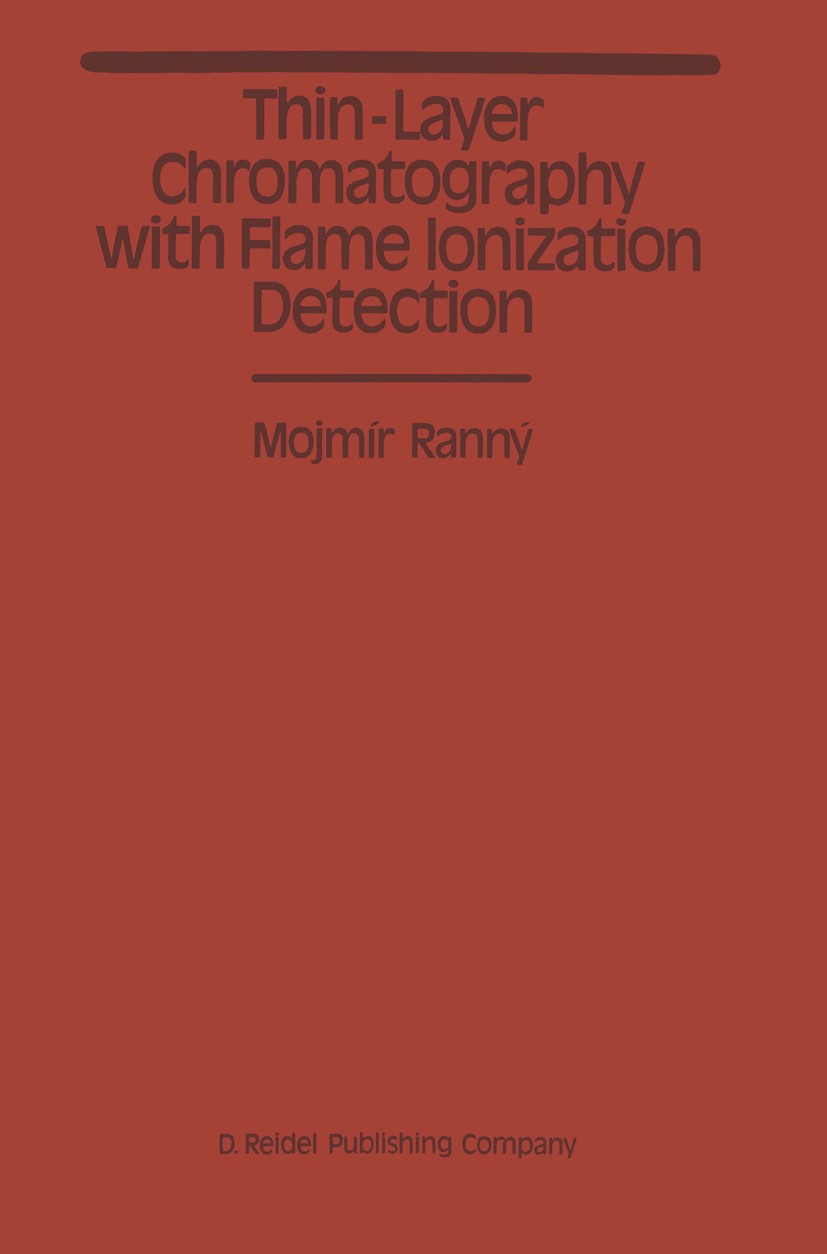| 书目名称 | Thin-Layer Chromatography with Flame Ionization Detection | | 编辑 | Mojmír Ranný | | 视频video | http://file.papertrans.cn/925/924784/924784.mp4 | | 图书封面 |  | | 描述 | Thin-layer chromatography (TLC) has become a common and much favoured separation technique in laboratories in widely varied fields in recent years. Much of the credit for the introduction of this technique into analytical practice at the l 2 end of the 1950s is due to E. Stahl • • This method is simple and is characterized by high separation ability and sufficient sensitivity3; however, some analysts feel that it has passed the peak in its development and will gradually be replaced by the more modem high-performance liquid chromatography (HPLC). This is undoubtedly a very important analytical technique utilizing the specific separa tion properties of a large number of sorbents and the possibility of regulating 4 the flow-rate of the mobile phase by adjusting the pressure • Standardization of the experimental conditions is simpler in HPLC than in TLC, where the activity of the sorbent and flow-rate of the eitlent in the thin layer depend markedly on the relative humidity of the laboratory atmosphere and on the composition of the gaseous phase in the elution chamber. In addition, systems for quantitative detection of the separated ~ones are better developed for HPLC than for classic | | 出版日期 | Book 1987 | | 关键词 | Chromatography; Diffusion; distribution; food; hydrogen; metals; pesticide; polymer | | 版次 | 1 | | doi | https://doi.org/10.1007/978-94-009-3705-5 | | isbn_softcover | 978-94-010-8159-7 | | isbn_ebook | 978-94-009-3705-5 | | copyright | Mojmír Ranný 1987 |
The information of publication is updating

|
|
 |Archiver|手机版|小黑屋|
派博传思国际
( 京公网安备110108008328)
GMT+8, 2025-11-12 22:44
|Archiver|手机版|小黑屋|
派博传思国际
( 京公网安备110108008328)
GMT+8, 2025-11-12 22:44


